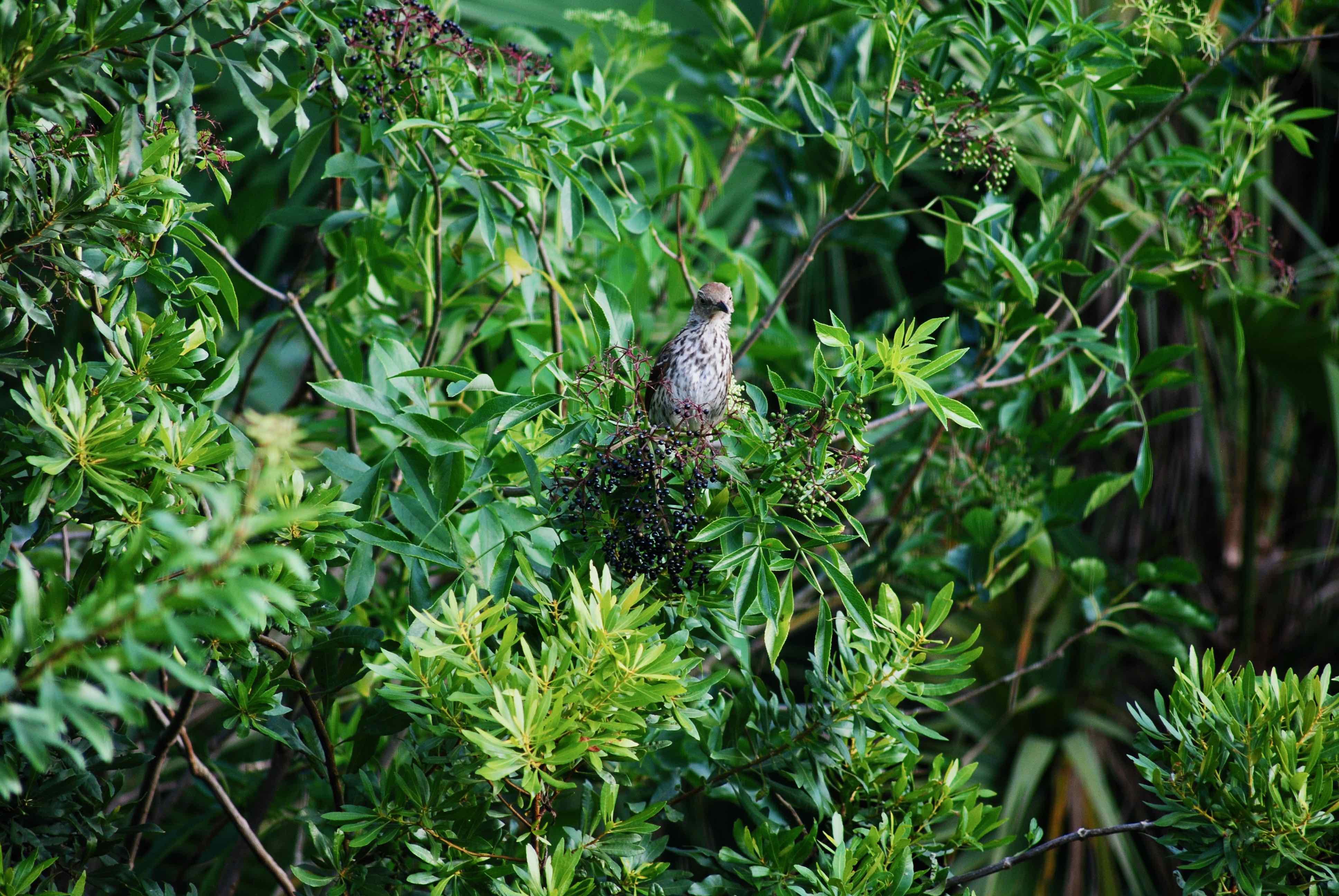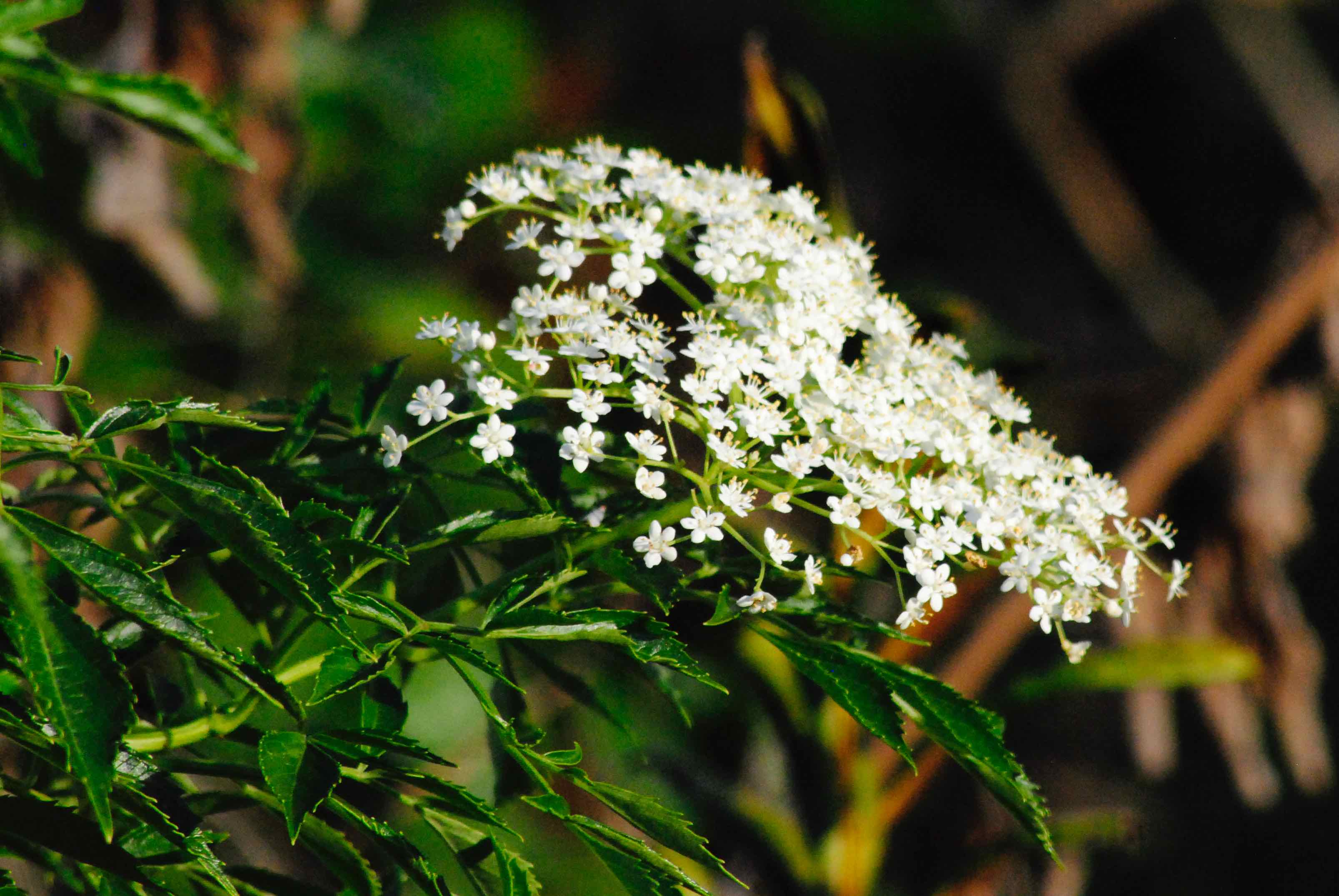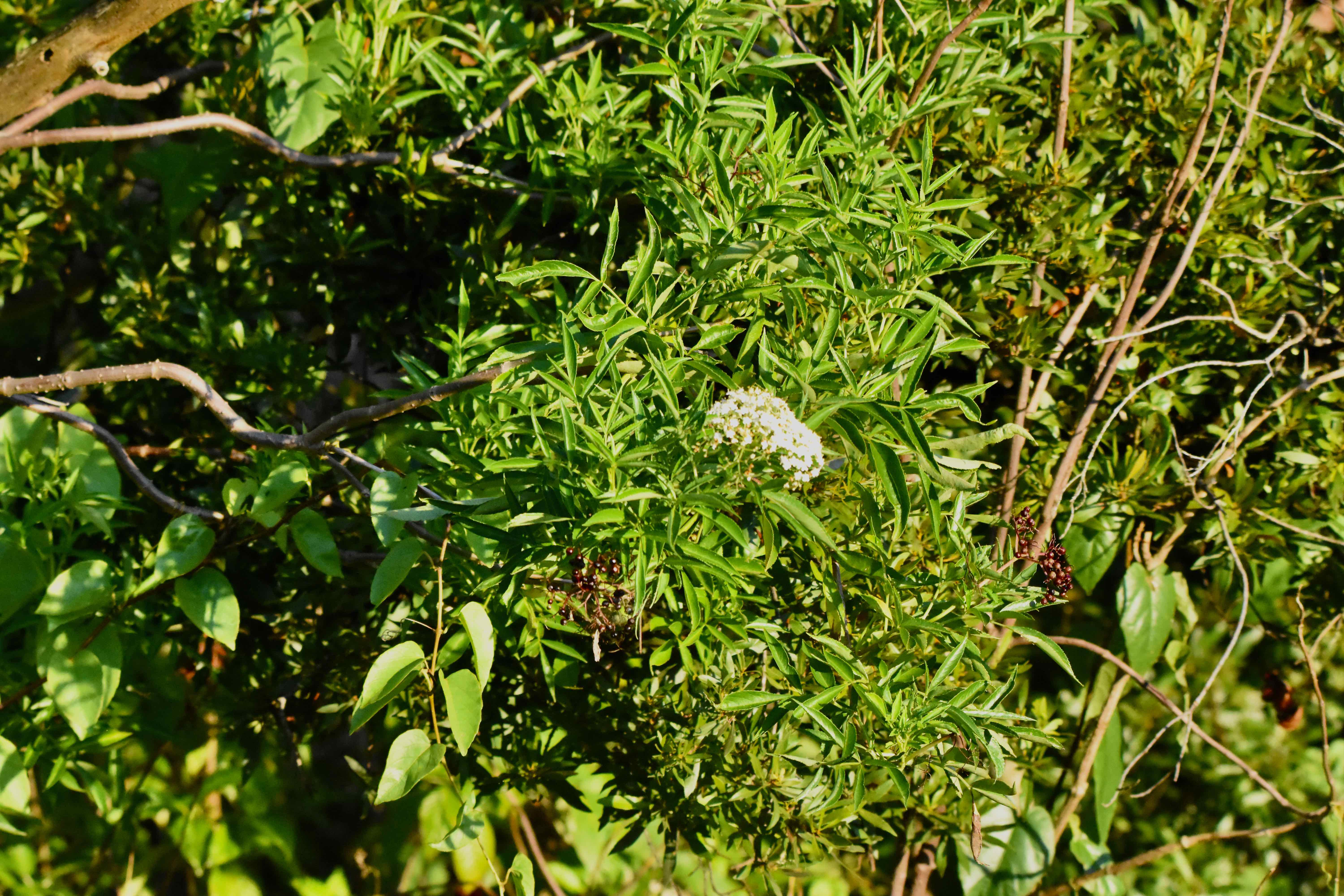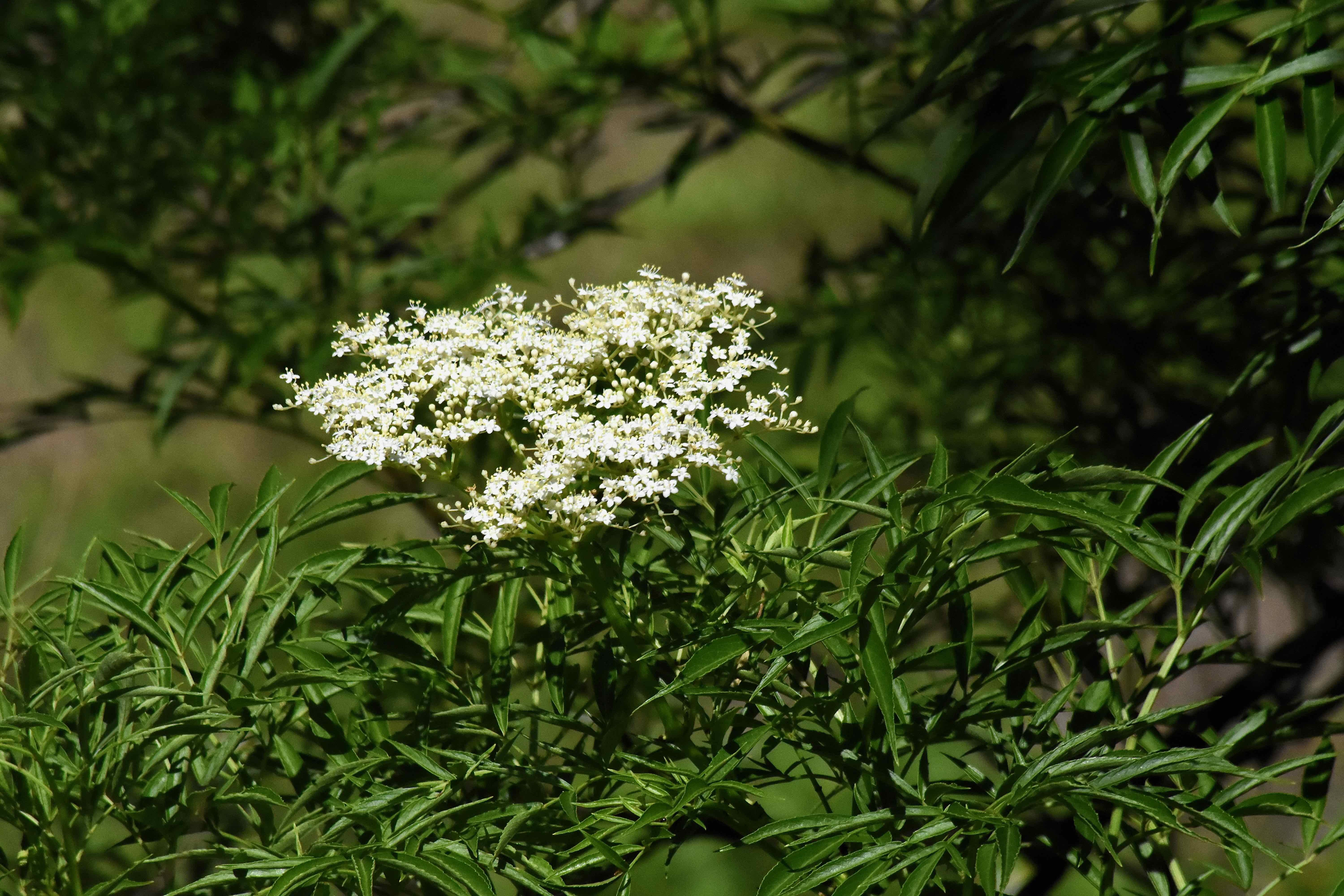
Elderberry, photographed at Long Key Nature Center, Davie, Broward County, in May 2016.
To eat or not to eat? That is the question, with apologies to Hamlet and Will Shakespeare. We're talking about elderberry, Sambucus nigra. Elderberry is a Florida native, seemingly ubiquitous in the Sunshine State and most of the United States, with the exception of the extreme Northwest. It's also found in a good chunk of Canada. It is a shrubby tree that tops out at about 10 feet, produces clusters of small, white flowers that turn into clusters of small, blue-black berries.
Here in Florida, elderberry flowers year round, peaking spring to fall; the berries are food for a host of birds, squirrels, bears and other animals. The clusters of flowers are so numerous at times that they can cover the entire plant, creating a rather spectacular display. The value of the plant in the realm of nature is without doubt. But is it edible? The answer seems to be a qualified yes.
First this caveat: never eat anything picked wild unless you're 100 percent sure of what you're putting in your mouth. In the case of elderberry, there are similarly flowered plants that grow in similar habitats with similarly colored fruit that are poisonous. One, spotted swamp hemlock, is fatal.
On one side of the debate is the University of Florida’s Center for Aquatic and Invasive Plants, which warns that elderberry fruit eaten raw is toxic, although edible when cooked — we've had elderberry jelly many years ago and lived to tell the tale (it was delicious).
The raw berries contain alkaloids and supposedly don't taste very good; cooking destroys the alkaloids and improves the taste. The berries are high in vitamin C, and there are those who say they have antiviral properties. Native Americans used elderberry for both food and for medicines.
On the other side, the U.S. Department of Agriculture issues no such warning and calls the fruit highly edible if ripe, although it says it contains hydrocyanic acid and sambucine, which can cause nausea. Even the flowers are edible and can be battered and deep-fried. Both the USDA and UF note that the flowers are used to make elderberry water for perfumes and confectionsaries. Native Americans used the flowers to make a tea to treat headaches, indigestion, colds, flu, bladder and kidney infections, rheumatism and a whole lot more.
There is some commercial elderberry farming in the United States, including Florida, where it's grown for wines, jellies and nutritional products, but elderberry is more widely used in Europe. Native Americans used elderberry to make dyes, arrows, whistles, clapper sticks and flutes. According to the USDA, as many as 50 species of birds and mammals, including bears, dine on the fruit. Deer eat the leaves and branches. Its dense branches and thick foliage provide cover for birds.
Elderberry is also known as American elder and American elderberry, not to mention Arizona elderberry, sweet elder, wild elder, flor sauco, tree of music, Danewort, Walewort, New Mexican elderberry, velvet-leaf elder, hairy blue elderberry and dwarf elder.
The Institute for Regional Conservation classifies elderberry as a member of Adoxaceae, the elderberry family, while the USDA classifies it as a member of Caprifoliaceae, the honeysuckle family.
Click on photo for larger image
U.S. Department of Agriculture Distribution Maps
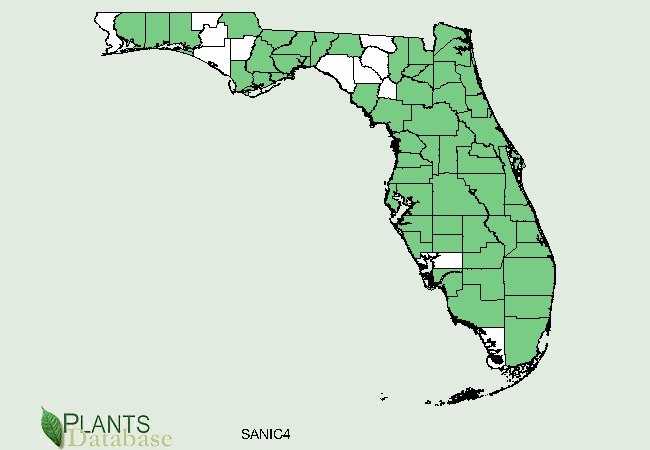

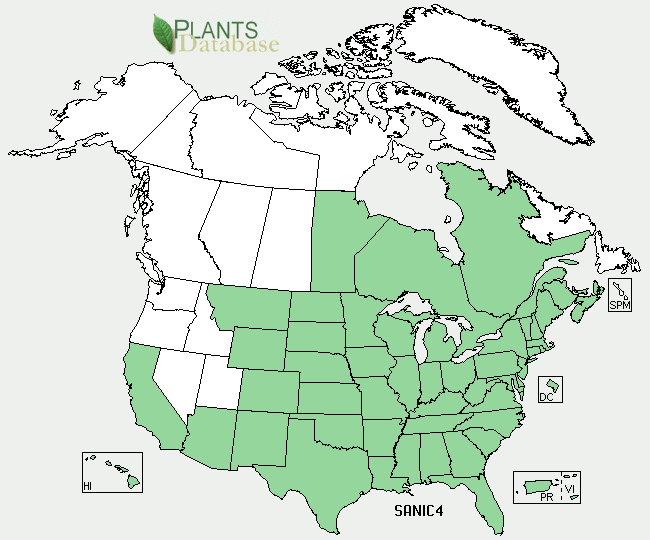
Links for Elderberry

